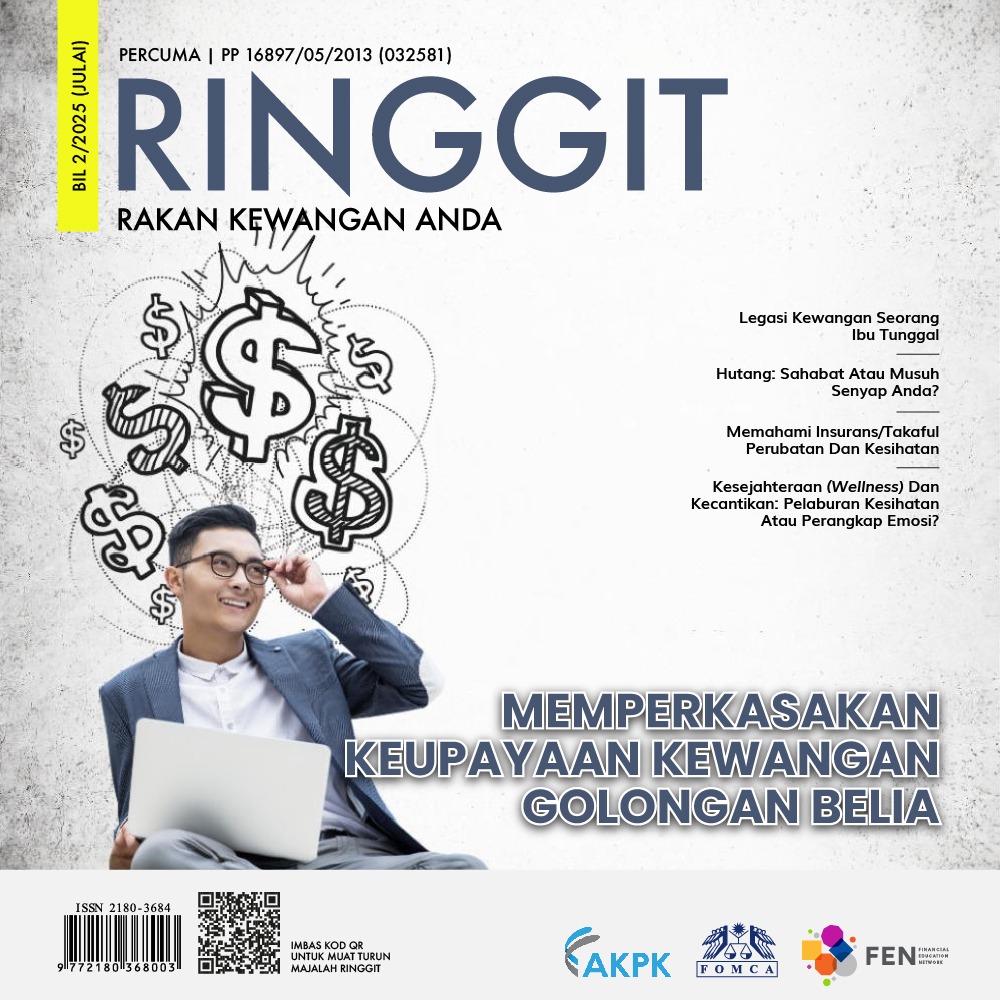BACK in the 1930s, a famous leader in Germany engaged Ferdinand Porsche to design a “people’s car” (which translates to Volkswagen in German). In 1938, the first Volkswagen Type 1 (which subsequently became the iconic Beetle) rolled out. The company went on to produce a mind-blowing 21 million units up until 2003.
The British had their Mini as their people’s car, and it sold in staggering numbers too.
We too had our very own successful people’s cars, the very first Proton Saga and Perodua Kancil.
The above historical facts are useful especially when a country like Malaysia decides to embark on another national car project. Who is it for actually?
Will the new car be affordable? Can our family members and friends earning less than RM4,000 a month finally afford a decent vehicle with four wheels, a roof, reasonably-spaced boot and which can ferry their small family safely from point A to B?
Ideally, the third national car should start off as an A or B segment car that would cost in the range of RM20,000 (for a base model) to RM25,000 (with full added accessories), has a low cost of ownership, be reliable and has that evergreen look that can please the eyes even 50 years on! As of today, the cheapest Proton is the new Saga, retailing at RM33,591, while the cheapest Perodua Axia is retailing at RM22,990. Both are presumably base models.
There are rumours that this new marque may be all-electric, in line with the ambition of many countries to go fossil-fuel free.
Realistically, this may not sell well in countries like Malaysia at the moment, unless the government pours in a significant amount of goodies in the form of subsidies and grants to beef up the infrastructure, as well as tax incentives to both manufacturers and buyers.
There is no doubting that electric cars are cheaper to run over time but there are other costs to be considered too.
Going electric means people would need at least one 13Amp socket in their car porch. Now, if the target market are those earning below RM4,000, a significant number would either be living in flats or apartments or simple terrace or kampung houses. The idea of pulling a cable to charge their cars may be a challenge and messy, especially if the nearest power source is three floors up or the nearest point is used to power up essential electrical components. The government may need to engineer a subsidy scheme to help owners install the necessary charging facilities in their dwellings. This would also include subsidies to set up charging stations across the country. Perhaps Tenaga Nasional could foot this bill instead.
Then there is the maintenance issue. Can these cars be maintained by just about any workshop in the country? Not everyone can afford to have their cars serviced by the appointed centres throughout their life span, which explains why most people resort to sending their cars elsewhere once the warranty expires.
The government may need to provide up-skilling grants to mechanics and vocational schools, as well as grants to help upgrade small to medium scale workshops to cater for electric cars.
Electric cars are more economical to run compared to conventional cars. Various studies suggest savings of a few thousand over the average period of ownership. The only downsides are the initial high cost to purchase and the depreciation over time.
The high selling price is mainly blamed on expensive battery packs, which clearly is the result of the absence of economies of scale. So, a battery change might still cost a few thousand ringgit and this abrupt one-time expenditure may result in some owners struggling to continue maintaining their vehicles.
Speaking of batteries, the technology is still evolving and we have yet to see a new breakthrough. Perhaps one day we will stumble upon a sweet formula to develop longer range, yet significantly cheaper batteries the size of an A4 folder. While waiting for that miracle to happen, financial institutions and leasing agencies could draw up affordable lease-to-own or simple lease packages to make it easy for buyers.
If the government and the related agencies can provide the necessary infrastructure, subsidies, grants, tax incentives and financing or leasing packages soon, we may be able to start producing affordable electric cars almost immediately. However, given the current scenario and circumstances, we may need to hang on to the existing fossil fuel burning engines for a little while more.
Taking the cue from Tun Dr Mahathir Mohamad, we should “Look East” once again. In Japan, there is a vehicle category called Kei-Car or Keijidosha (in Japanese) which translates to “light automobile” (pic). The Japanese introduced this new category in 1949 just after World War II when most urban Japanese were struggling to make ends meet, let alone afford a full-sized sedan and a decent home for the family.
The small and light vehicle category came on board to help boost the automotive industry as well as help resolve the affordability and logistic issues.
Kei cars were compact passenger cars (Perodua Kancil was a Kei car in Japan) while Kei trucks were small trucks, sometimes sharing the same platform and sub-700cc engines and transmission. They sold like hot curry puffs, and are still being produced today and selling well. This proven model could be a good start for us.
In the past, we have designed some of our cars from scratch, having great confidence that we will achieve good sales figures within a short period of time to cover all costs and enjoy the profits soon after. We do not have the population of China to make this happen. Therefore, design, research and production costs must be kept low.
Let’s go back to how Proton started. Many argue that the royalties were absurd and we were pouring truckloads of money into our partner’s bank. But the end result spoke for itself. The cars were nice to look at, affordable and reliable and many are still roadworthy 30 years on. Today, there are more suppliers of engines, transmission, platforms and other components to tap from. Some are literally off-the-shelf. We can put together good quality components and materials and wrap them around a beautiful body, similar to what we used to do with the earlier Protons.
While the profit margin per vehicle may be low, the company can enjoy a handsome profit based on sales volume. A big portion of profits can then be channelled to prepare for the future – to go all-electric once the infrastructure is up and running. The long-term goal should be to offer a wider range of affordable products (within the core business of automotive) and to be the best in the industry.
To sum up, we need to carefully plan our third national car. The target market should be the low to medium income earner, those who need to upgrade themselves from motorcycles to something with a roof and a boot.
Make it affordable to own and run, be it electric or fossil-fuelled. We do really need our very own Volkswagen, a true people’s car.
Read more at https://www.thestar.com.my/opinion/letters/2019/01/16/malaysias-third-national-car-who-is-it-for/#tddzZ0bXZ9z3dFJo.99




